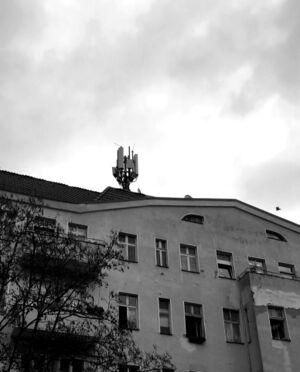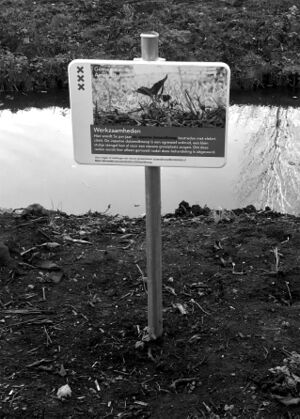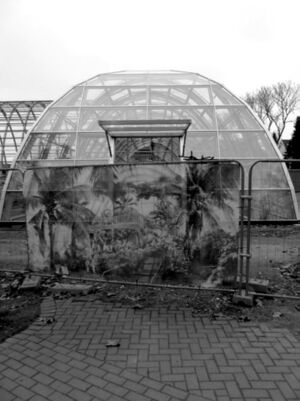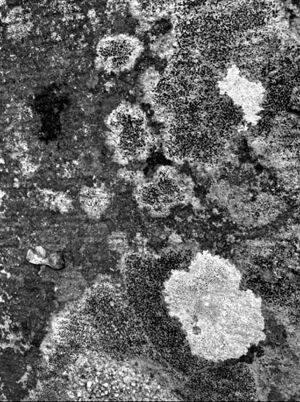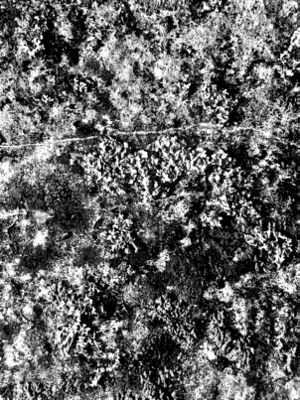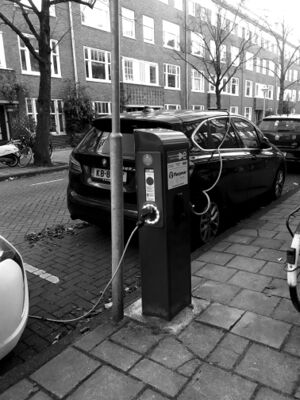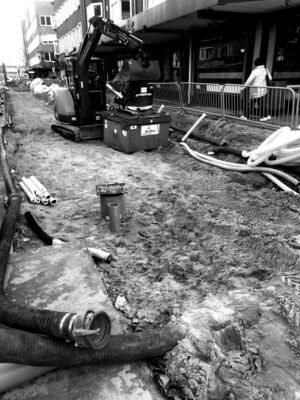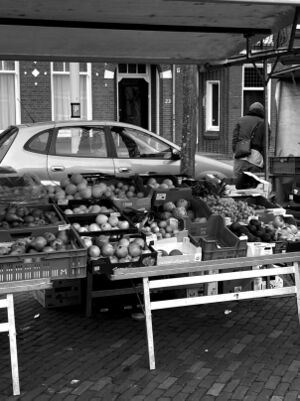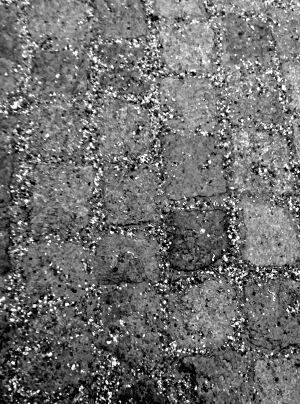Transdisciplinary: Difference between revisions
| Line 21: | Line 21: | ||
[[File:1 - Transdisciplinary.jpg|thumb|Ann-Katrin Günzel, Cologne. A botanical greenhouse under renovation. Global transport and trade of plants and soils since the early eighteenth century has led to the spread of non-native plant species, pests and disease, many of which have caused world-ripping <mark class="c7">feral</mark> effects.]] | [[File:1 - Transdisciplinary.jpg|thumb|Ann-Katrin Günzel, Cologne. A botanical greenhouse under renovation. Global transport and trade of plants and soils since the early eighteenth century has led to the spread of non-native plant species, pests and disease, many of which have caused world-ripping <mark class="c7">feral</mark> effects.]] | ||
[[File:2a - Transdisciplinary.jpg|thumb|Kate Donovan, Berlin. A Detektor (by Martin Howse and Shintaro Myazaki) detects a cacophony of EM radiation beyond human audible range. There is some indication (yet still limited research) that EM radiation generated by human-made telecommunications infrastructures (such as transmission towers, antennas and cables) has a detrimental effect on certain bird, insect, fish, crustacean, reptilian, mammal and plant life, while the physical infrastructures themselves have been observed to affect migration patterns. | [[File:2a - Transdisciplinary.jpg|thumb|Kate Donovan, Berlin. A Detektor (by Martin Howse and Shintaro Myazaki) detects a cacophony of EM radiation beyond human audible range. There is some indication (yet still limited research) that EM radiation generated by human-made telecommunications infrastructures (such as transmission towers, antennas and cables) has a detrimental effect on certain bird, insect, fish, crustacean, reptilian, mammal and plant life, while the physical infrastructures themselves have been observed to affect migration patterns. ▲ ▶]] | ||
[[File:2bTransdisciplinary-square.jpg|thumb|]] | [[File:2bTransdisciplinary-square.jpg|thumb|]] | ||
[[File:3a - Transdisciplinary.jpg|thumb|Anthea Oestreicher, Karlsruhe. An increase in the variety of lichens observed during the Covid-19 pandemic indicates a fall in particulate air pollution levels. | [[File:3a - Transdisciplinary.jpg|thumb|Anthea Oestreicher, Karlsruhe. An increase in the variety of lichens observed during the Covid-19 pandemic indicates a fall in particulate air pollution levels. ▲ ▶]] | ||
[[File:3b - Transdisciplinary.jpg|thumb|]] | [[File:3b - Transdisciplinary.jpg|thumb|]] | ||
[[File:4b - Transdisciplinary.jpg|thumb|Amsterdam. The installation of EV charging infrastructure underground causes ground temperatures to rise, encouraging the proliferation of potentially harmful pathogens in municipal water pipes. | [[File:4b - Transdisciplinary.jpg|thumb|Amsterdam. The installation of EV charging infrastructure underground causes ground temperatures to rise, encouraging the proliferation of potentially harmful pathogens in municipal water pipes. ▲ ▶]] | ||
[[File:4a - Transdisciplinary.jpg|thumb|]] | [[File:4a - Transdisciplinary.jpg|thumb|]] | ||
Revision as of 17:23, 18 April 2022
transdisciplinary
Centuries of disciplinary precedent have siloed knowledge-making practices, making it difficult for scholars to study entangled Anthropocene histories that bring attention to humans and nonhumans at the same time. The following caricature is over-the-top, and yet there is a grain of truth in it: Humanists are severed heads floating in the stratosphere of philosophy, while scientists are toes grubbing in empirical dirt. Even in turning towards the concrete, humanists too often stop at an abstract discussion of ‘materiality’ before they even get to the material itself. Natural scientists ignore such discussions—but to their peril; uninformed by humanist scholarship on politics, history, and culture, scientists too often grab simplistic and misleading paradigms for measuring humanity. None of these habits allow much in the way of conversation. Without this conversation, the false dichotomy of subservient Nature and mastering Culture continues to be affirmed.
Feral Atlas argues that bringing theoretical studies and field-based practices into dialogue—often across lines of mutual unintelligibility and difference—is essential for studying the Anthropocene. Feral Atlas contributors describe feral ecologies based on firsthand observation and assessment (including archival materials) each according to their practice. They are biologists, historians, anthropologists, geographers, climate scientists, artists, poets, and writers; their witnessing comes in various forms, from poetry and natural history to the painting of an Aboriginal artist and the memoir of a British professor. Sometimes, several reports follow the activities of a particular feral entity, revealing moments of both accord and disconnect. Just as with Anthropocene landscapes, Anthropocene knowledge does not line up neatly either.
